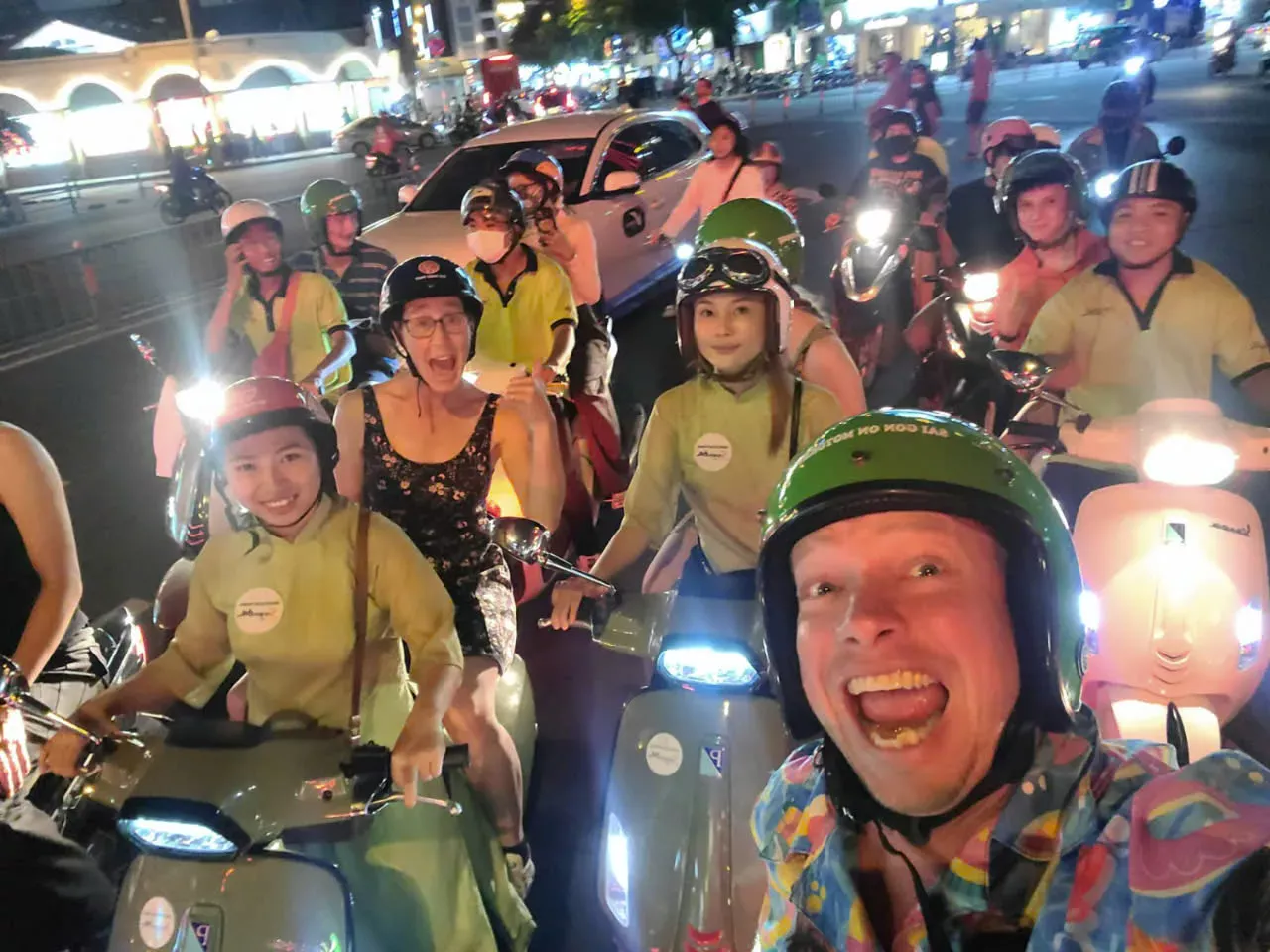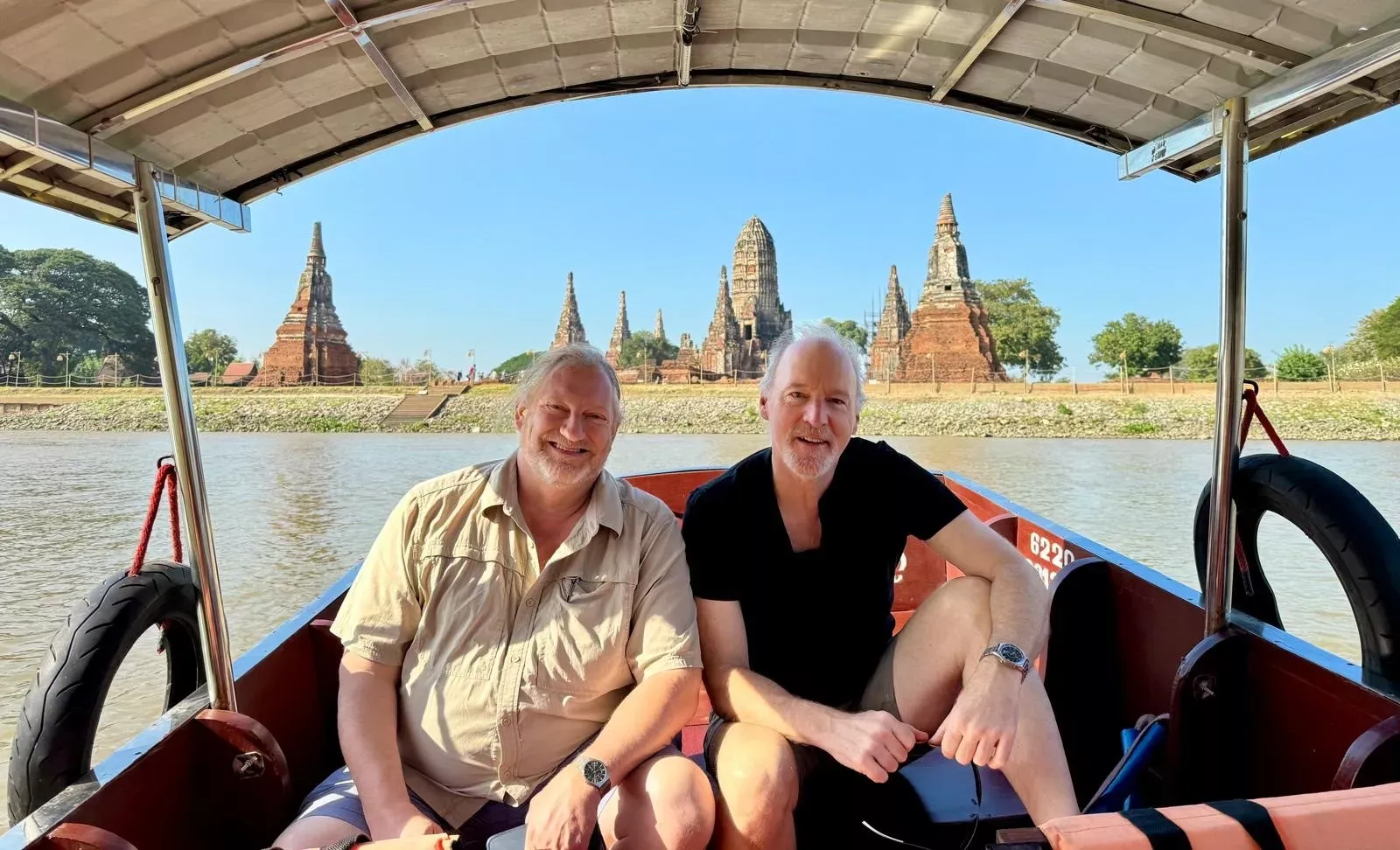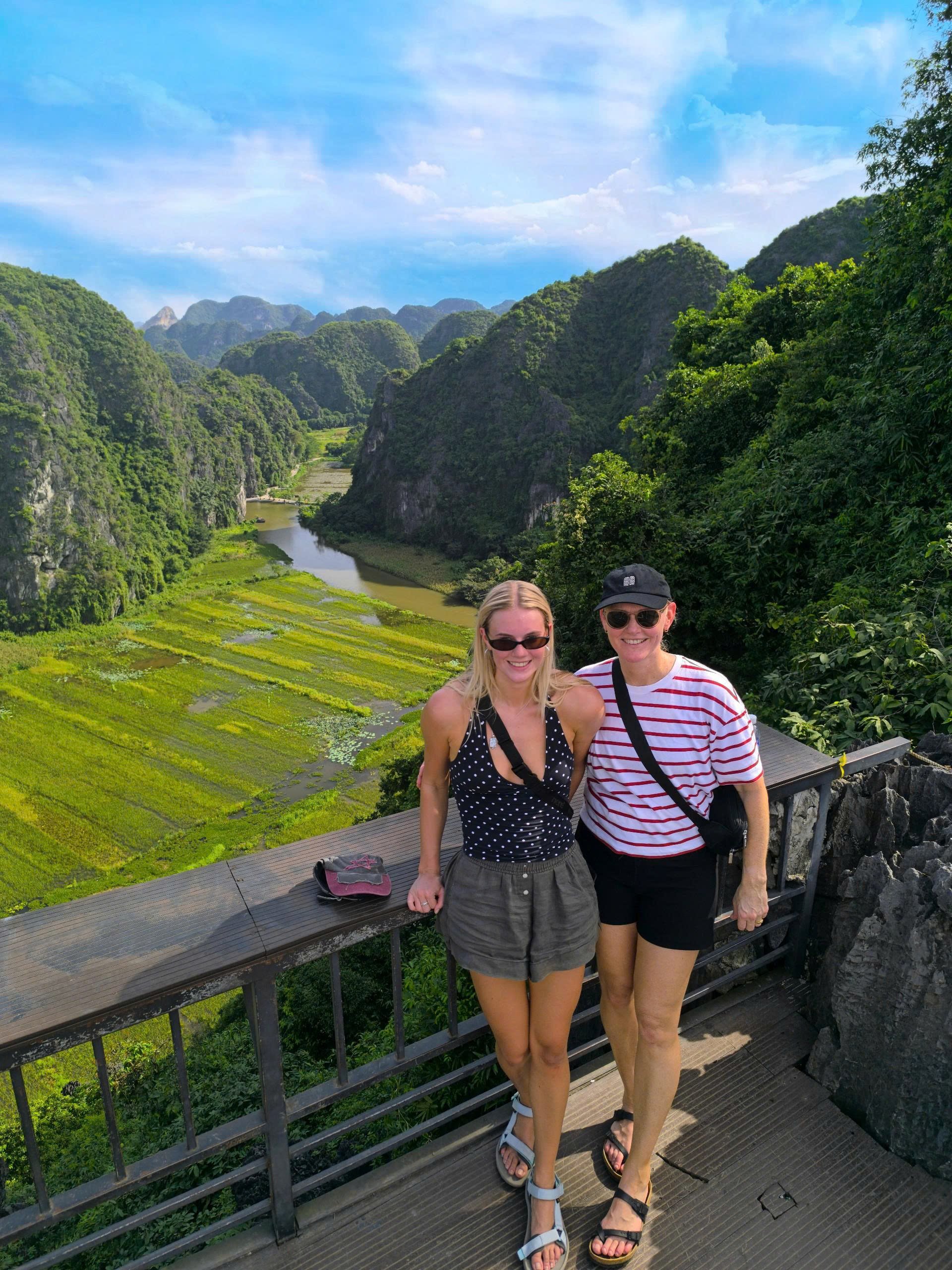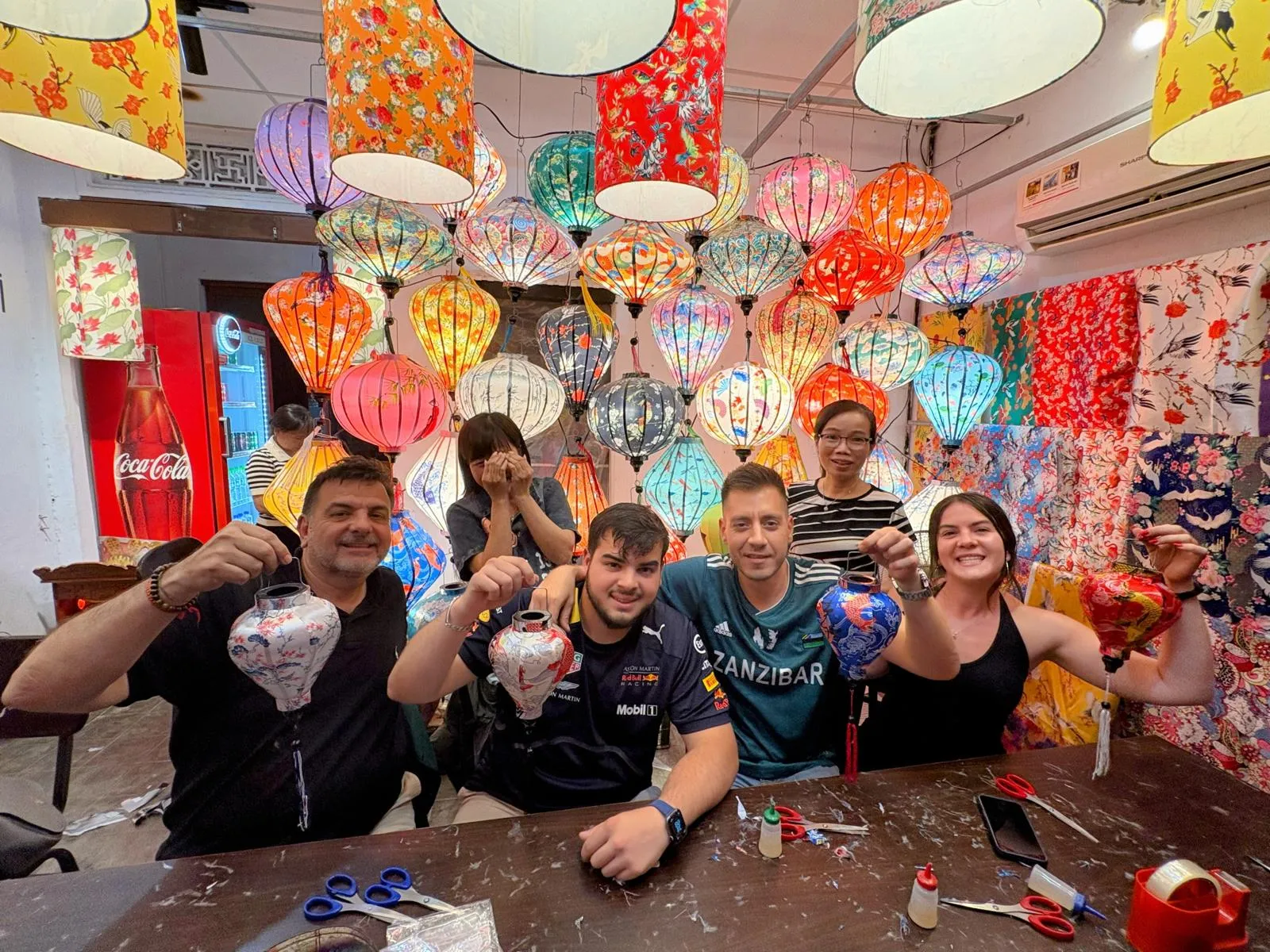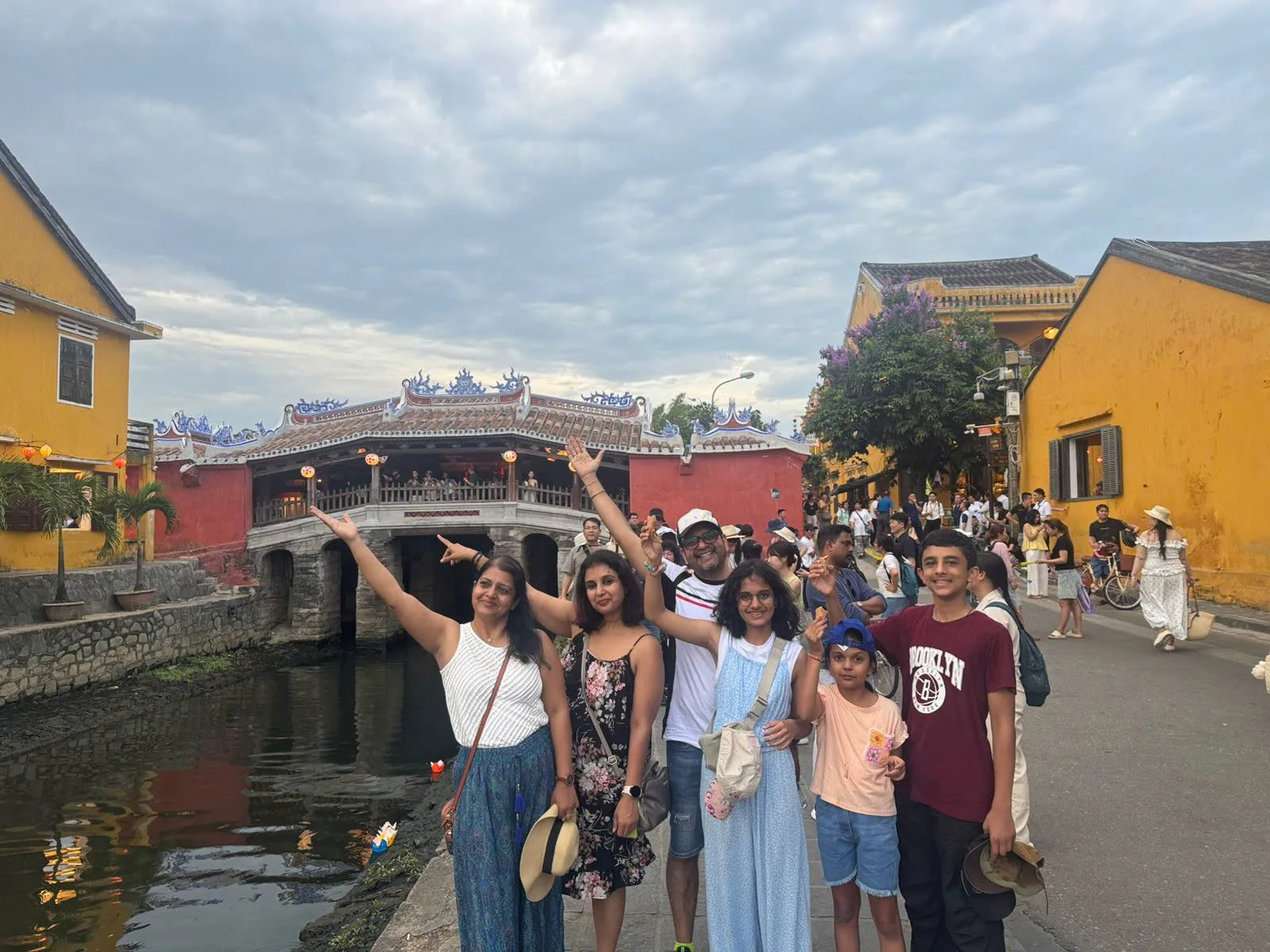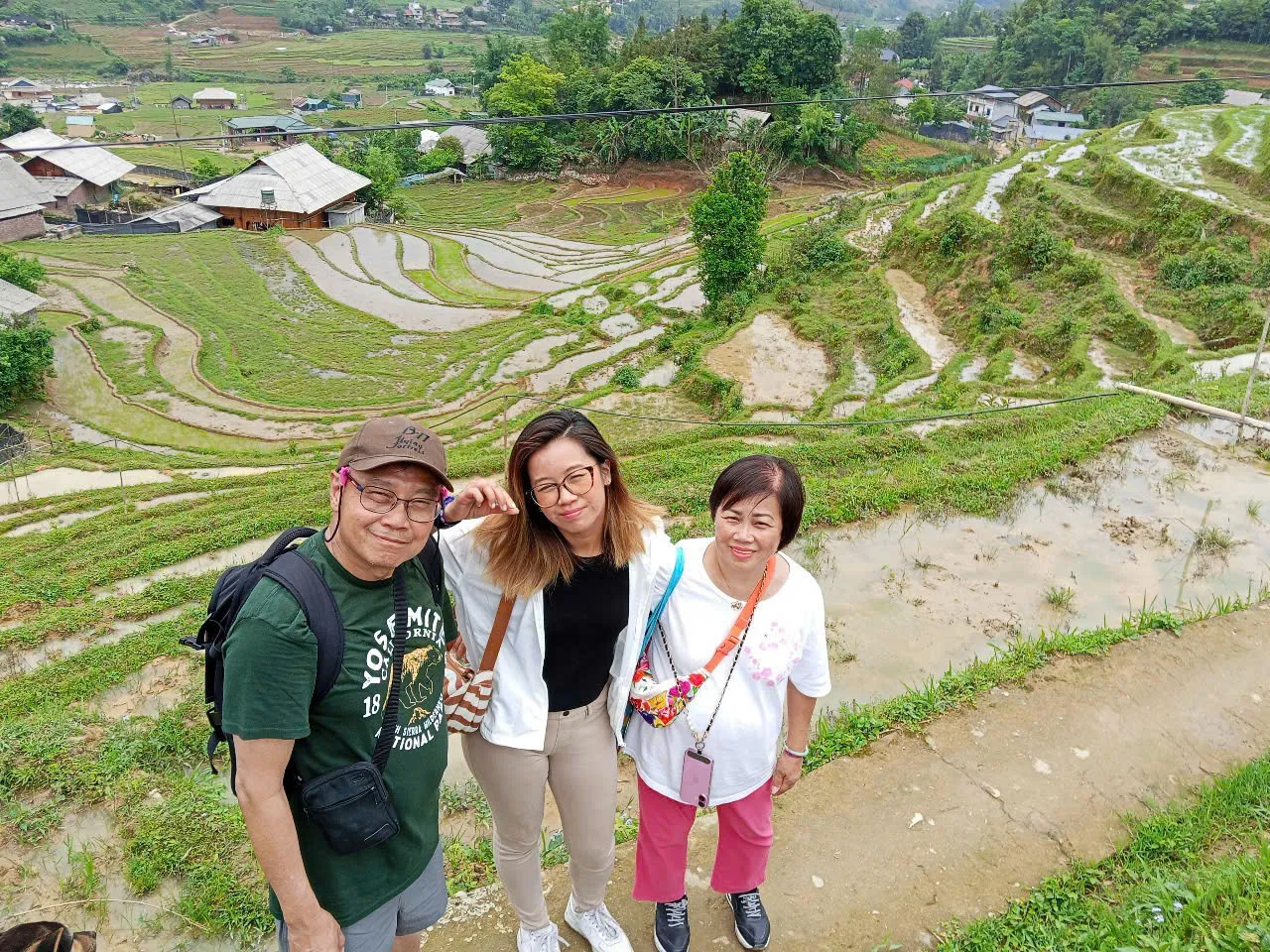
Overview of Vietnam's climate

Vietnam is home to three major climate zones — and each has its own rhythm:
-
Northern Vietnam (Hanoi, Sapa, Ha Giang): You’ll get all four seasons here. Winters from November to February are cool and dry, summers from May to September are hot and humid, and spring and autumn are the sweet spots.
-
Central Vietnam (Hue, Da Nang, Hoi An): The dry season runs from February to August. From September through December, rain becomes more frequent and typhoons can roll in.
-
Southern Vietnam (Ho Chi Minh City, Mekong Delta, Phu Quoc): Expect tropical warmth year-round. The dry season lasts from December to April, while May to October brings afternoon showers and lush greenery.
This mix of weather is part of what makes Vietnam so special. You can go from sipping coffee in cool mountain air to watching the sun set on a tropical beach - all in one trip.
How to Choose the Right Time Based on Your Travel Style

The best time to visit Vietnam depends a lot on the kind of experience you're after. If you’re curious about Vietnamese culture and festivals, late January or early February is a great time to catch Tet, the Lunar New Year, when cities come alive with flowers, food, and family traditions. Love the outdoors? Dry season months like March and April are perfect for trekking, cruising, or just staying active. Prefer beaches and lazy days in the sun? Head to the coast in February or March when skies are clear and the sea is calm. Aligning your travel goals with the season helps you experience Vietnam at its absolute best.
Best Time to Visit Northern Vietnam (October to April)
Northern Vietnam is at its most comfortable during the cooler months. From October to April, the air feels fresh, the skies are clear, and the landscapes — from mountains to lakes — are especially photogenic.
Sapa – Terraced Fields and Spring Festivals

The best time to visit Sapa is from January to March, when flowers bloom and local festivals bring the hills to life, or between September and November, when golden rice terraces glow in the sun. It’s a dreamy time for hiking, photography, and connecting with northern Vietnam’s ethnic cultures.
Ha Giang – The Legendary Motorbike Loop

For epic views and crisp mountain air, aim for September to November. The Ha Giang Loop winds through valleys and peaks that turn gold during harvest season, with clear skies making every curve of the road a postcard moment.
Cao Bang – Waterfalls and Caves

October is the ideal month to visit Cao Bang. Ban Gioc Waterfall is roaring and the weather is dry - perfect for exploring limestone caves and riversides without the crowds. It’s peaceful, scenic, and deeply refreshing.
Hanoi – Lakes, Temples and Autumn Charm

Hanoi in October and November is a city in its prime. The heat fades, the air turns crisp, and golden leaves line the streets. It’s a wonderful time to wander around Hoan Kiem Lake, visit temples, or sit on a tiny stool and enjoy a hot bowl of pho.
Halong Bay – Cruise in Style

Planning a cruise? March to April or September to October is the best time to visit Vietnam’s most iconic bay. The water is calm, skies are blue, and you’ll avoid both summer storms and peak-season crowds. Bring a camera — and maybe a good book.
Ninh Binh – Karst Peaks and Peaceful Rivers

Head to Ninh Binh in spring or early autumn. Boat rides through the rice paddies and caves feel more magical when the skies are clear and the heat isn’t too intense. It’s a great spot for slow travel, nature, and quiet moments.
Best Time to Visit Central Vietnam (February to May)
From ancient cities to coastal escapes, central Vietnam comes into its own between February and May. The weather is warm but not too hot, and the beaches are begging you to stay a little longer.
Quang Binh – Home to the World’s Largest Caves

If you’re into adventure, Quang Binh is a must. Visit between February and May for dry trails and safe cave access. Son Doong and Phong Nha feel like something out of a fantasy novel — and during these months, they’re at their most inviting.
Hue – Imperial History and Riverside Peace

Hue is all about atmosphere, and you’ll find the best of it in spring. February to April brings gentle sunshine and blooming trees. Perfect for touring tombs, palaces, and taking a quiet boat ride along the Perfume River.
Da Nang & Hoi An – Beach Days and Lantern Nights

The weather between February and April is ideal for beach lovers and city explorers alike. In Da Nang, you can relax on golden sand, then head to Hoi An for magical nights under glowing lanterns. It’s hard not to fall in love with central Vietnam during these months.
Nha Trang – Snorkeling and Island Escapes

Looking for sun and sea? Nha Trang shines from February to May. The water is clear, the boats are running, and the seafood is fresh. Whether you're snorkeling, island-hopping, or lounging with a book, it’s beach season at its best.
Da Lat – Vietnam’s Year-Round Spring

Da Lat stays cool all year, but the dry season from December to February makes the city even more charming. You’ll enjoy fresh flowers, pine forests, and crisp air that feels like spring in the middle of winter. It’s perfect for couples, photographers, and anyone looking to slow down.
Best Time to Visit Southern Vietnam (December to April)
If sunshine is your priority, the dry season in the south is where you want to be. From December through April, southern Vietnam delivers warm days, blue skies, and perfect weather for exploring cities or escaping to the islands.
Ho Chi Minh City – Culture, Cuisine and Energy

Visit Ho Chi Minh City during the dry season and you’ll enjoy the city at its most comfortable. December to April means fewer downpours, better walking weather, and more time to dive into local food, rooftop views, and street life.
Mekong Delta – Floating Markets and River Life

The Mekong Delta is peaceful and full of color during the dry season. December to April is great for boat trips, cycling through rice fields, and seeing life unfold along the waterways. This is one of the best places to get a feel for traditional Vietnam.
Phu Quoc – Island Escape in Dry Season

If you’re craving a beach getaway, this is the best time to visit Vietnam’s most famous island. Phu Quoc is warm and sunny from December to April, with calm seas and sunsets you’ll remember forever. It’s island life at its finest.
Best Month for Vietnam Travel? A Quick Summary

Trying to choose the best month to visit Vietnam? For most travelers, February to April is the golden window. It’s when the north is cool and clear, the central coast is dry and full of life, and the south is sunny and beautiful. Whether you want to see it all or focus on one region, this is when everything just clicks.
Conclusion
The truth is, Vietnam is worth visiting year-round - but choosing the best time to visit Vietnam makes your experience smoother, sunnier, and even more memorable. Whether you’re hiking through misty mountains, riding boats through ancient rivers, or catching sunsets on the beach, planning around the weather lets you enjoy it all to the fullest.
Still deciding when to go? Check out our video guide for a quick visual rundown of Vietnam’s seasons - and get ready to plan the journey of a lifetime.
You might want to read about:
Each guide will help you get one step closer to an unforgettable journey.


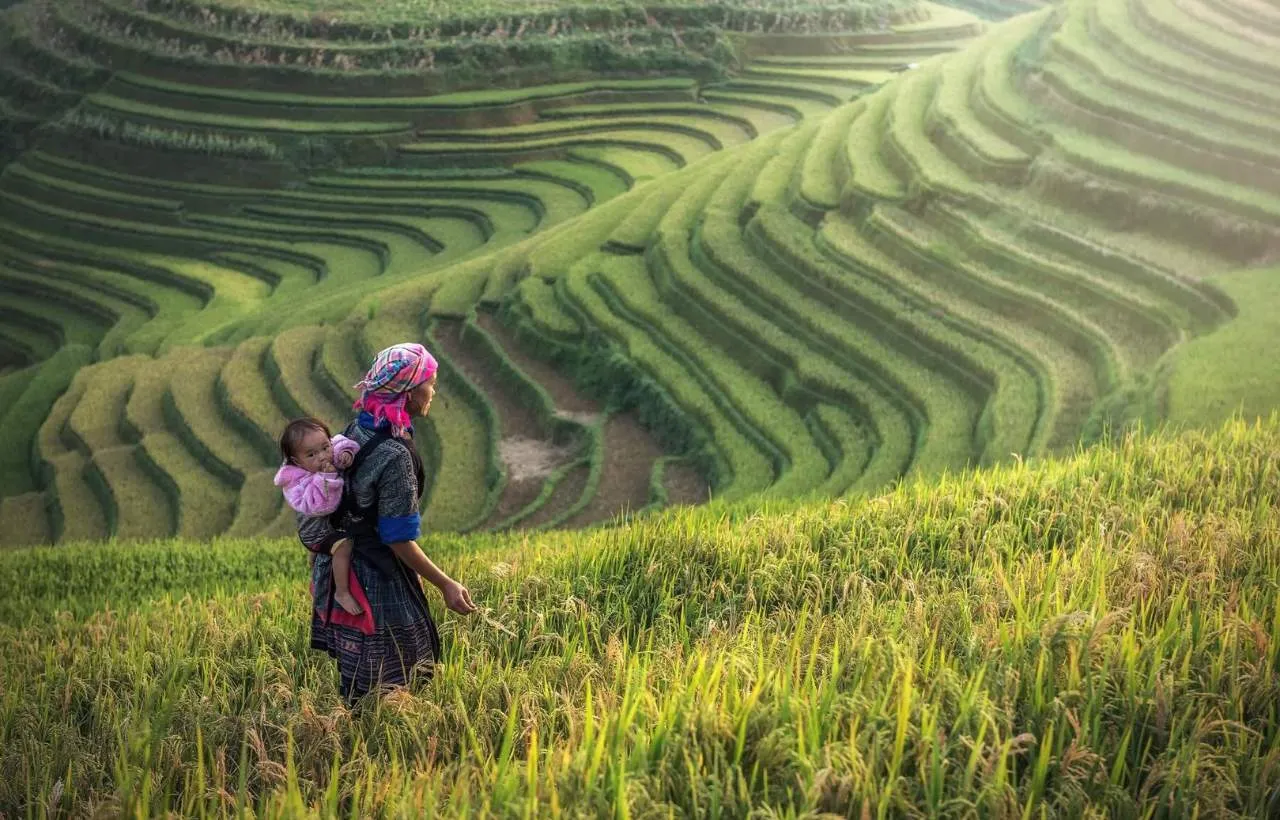
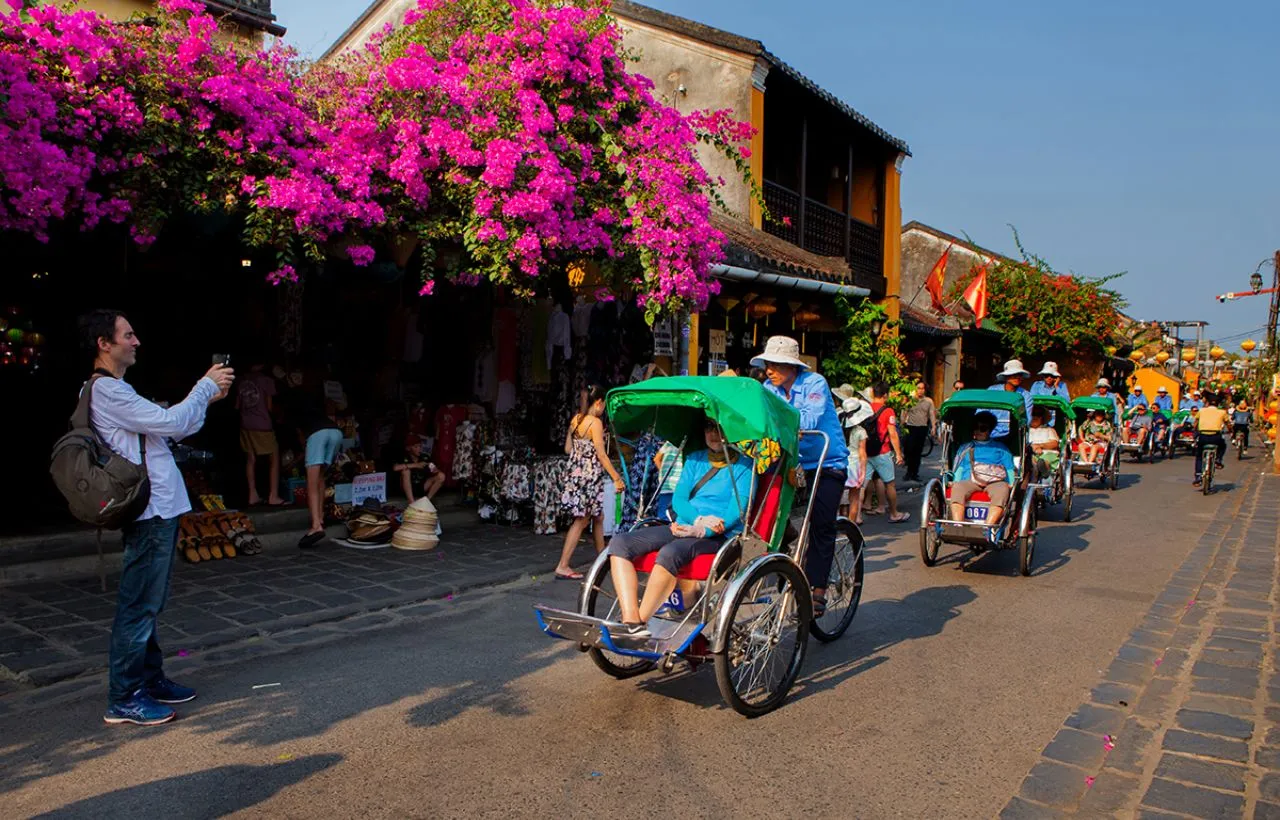
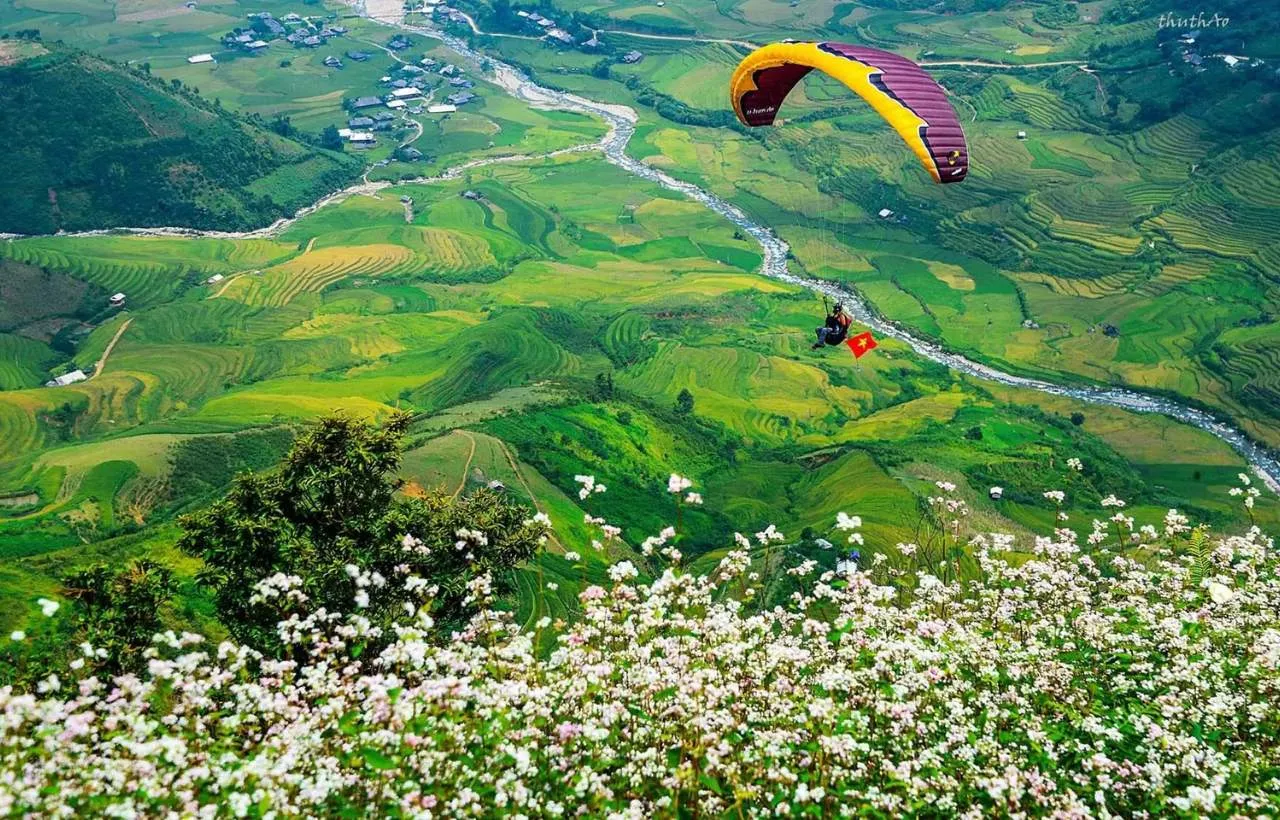
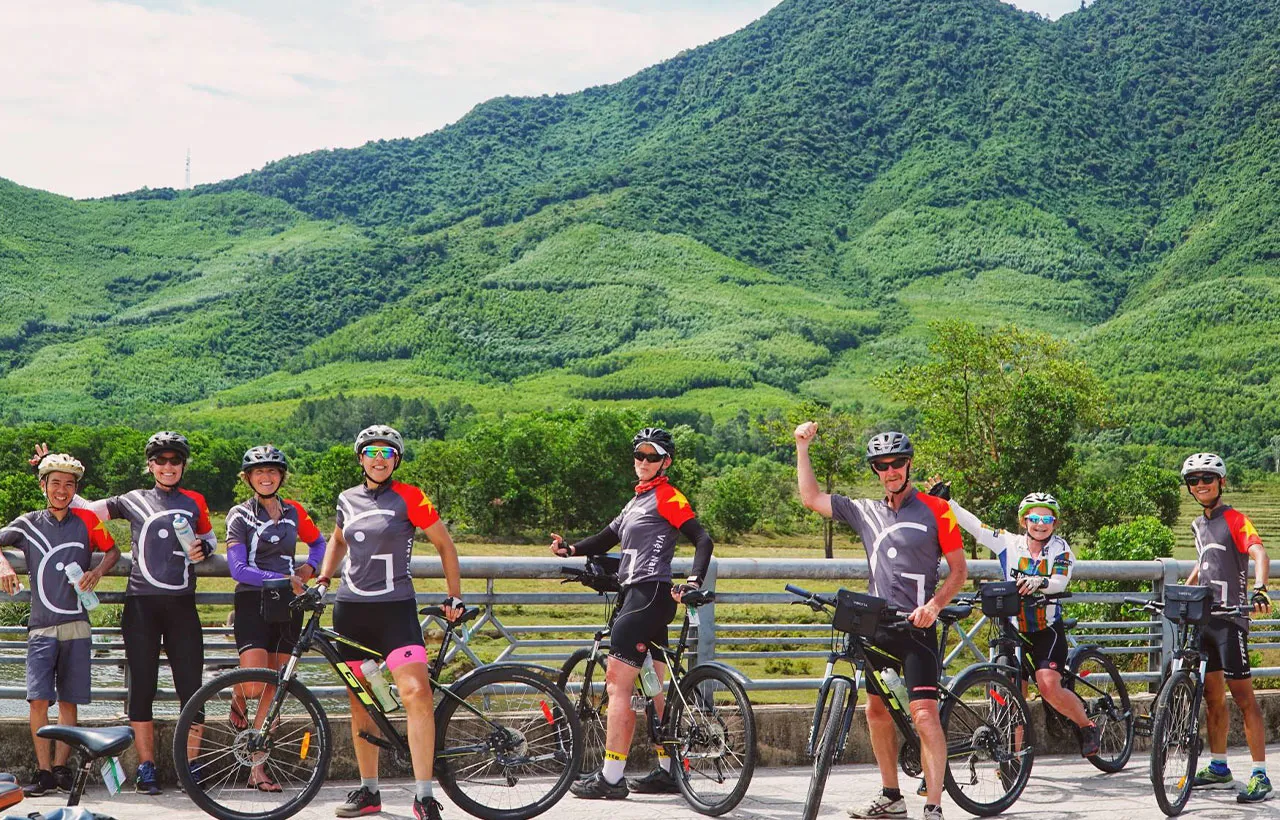












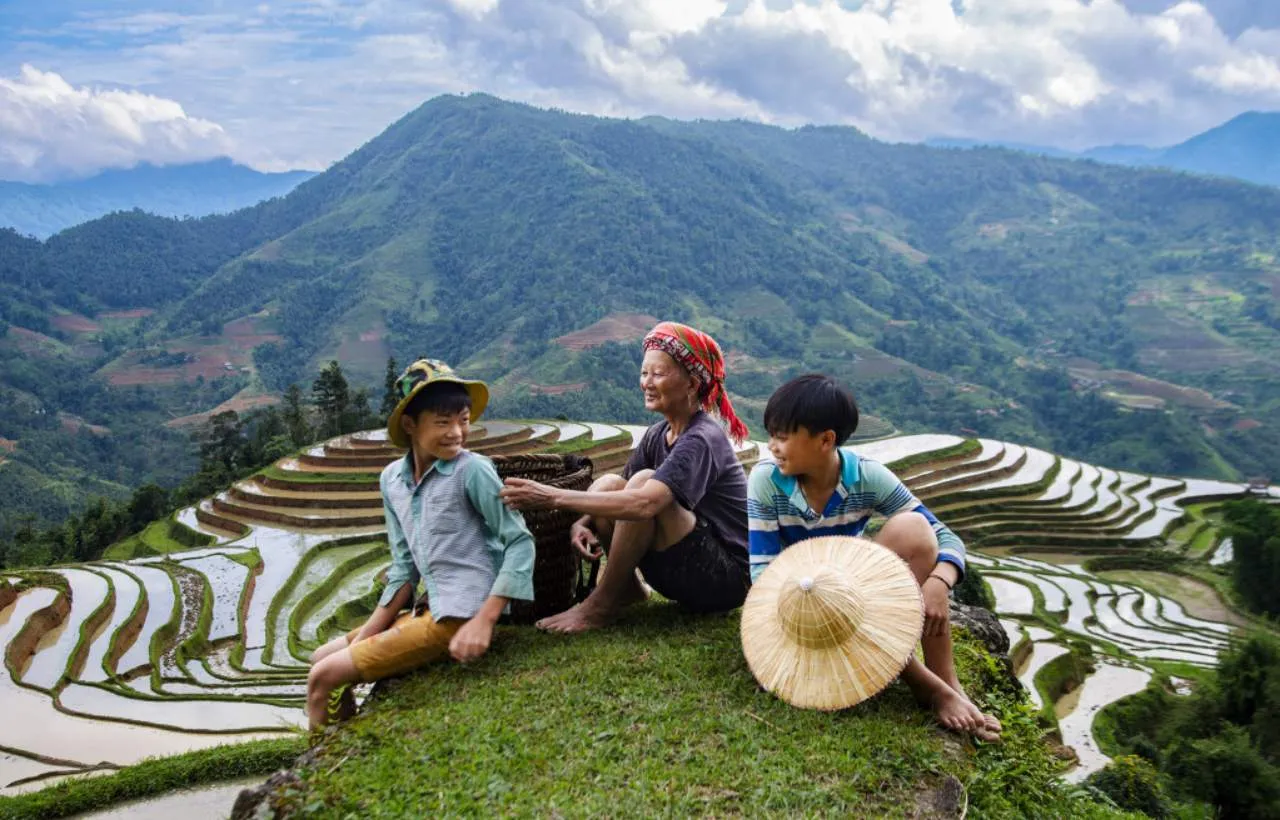







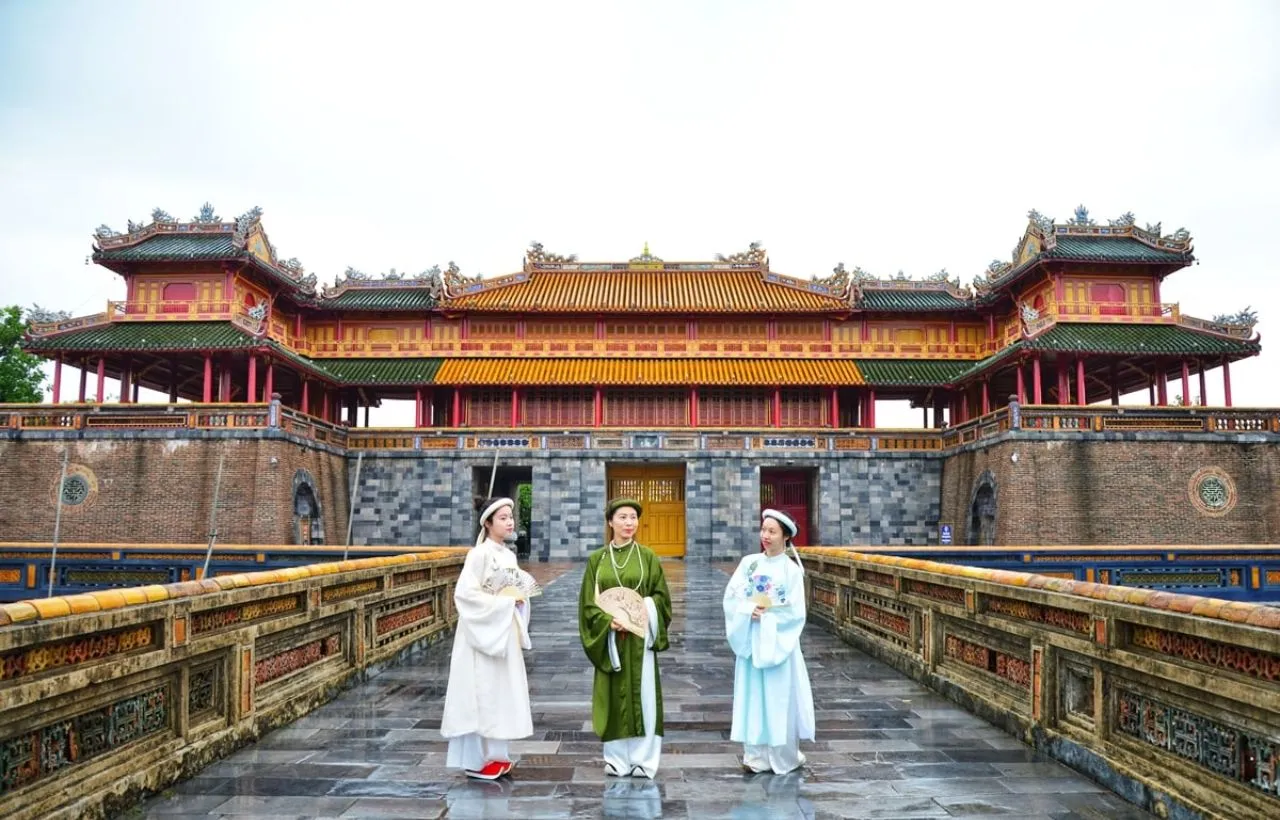







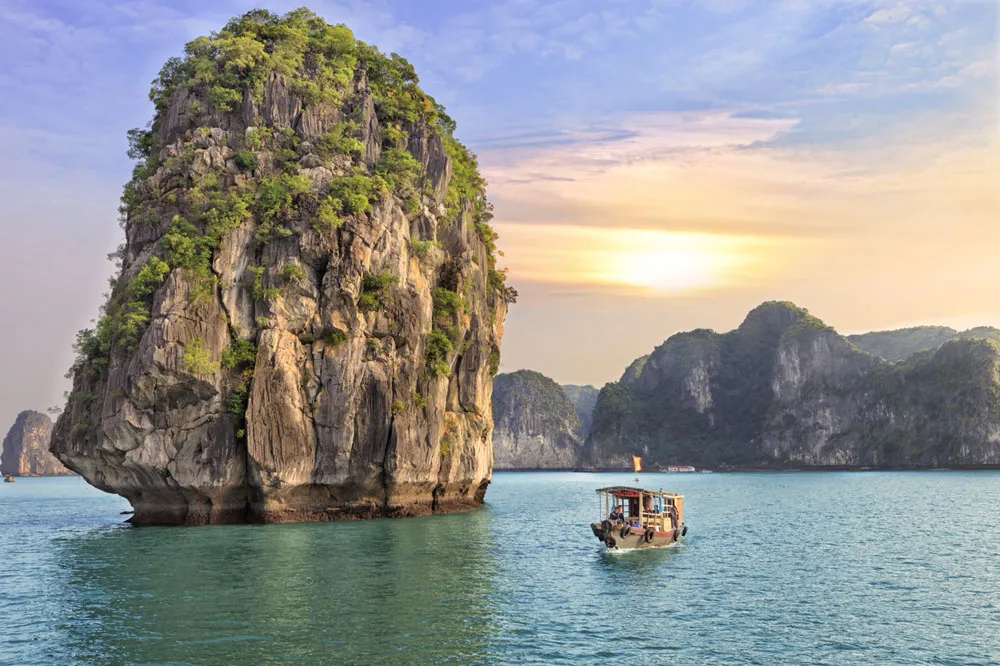


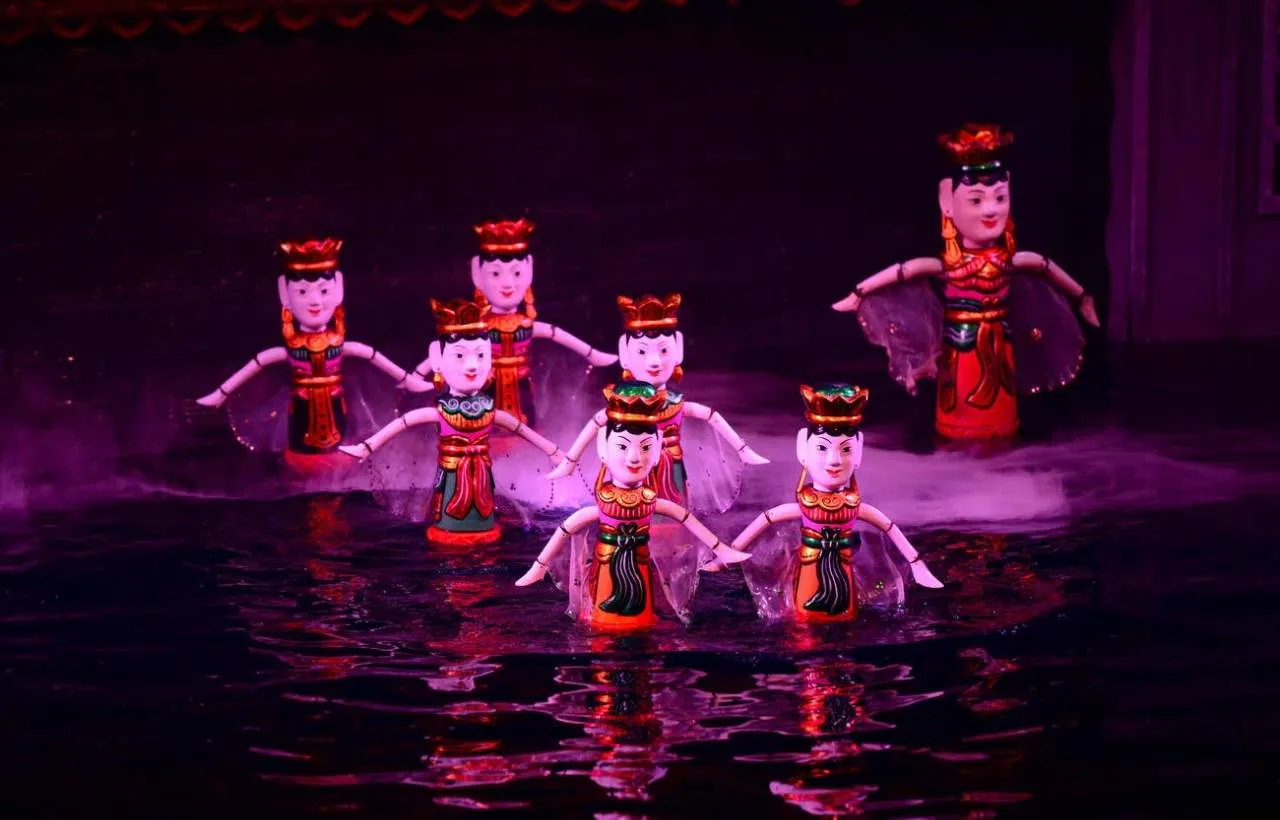

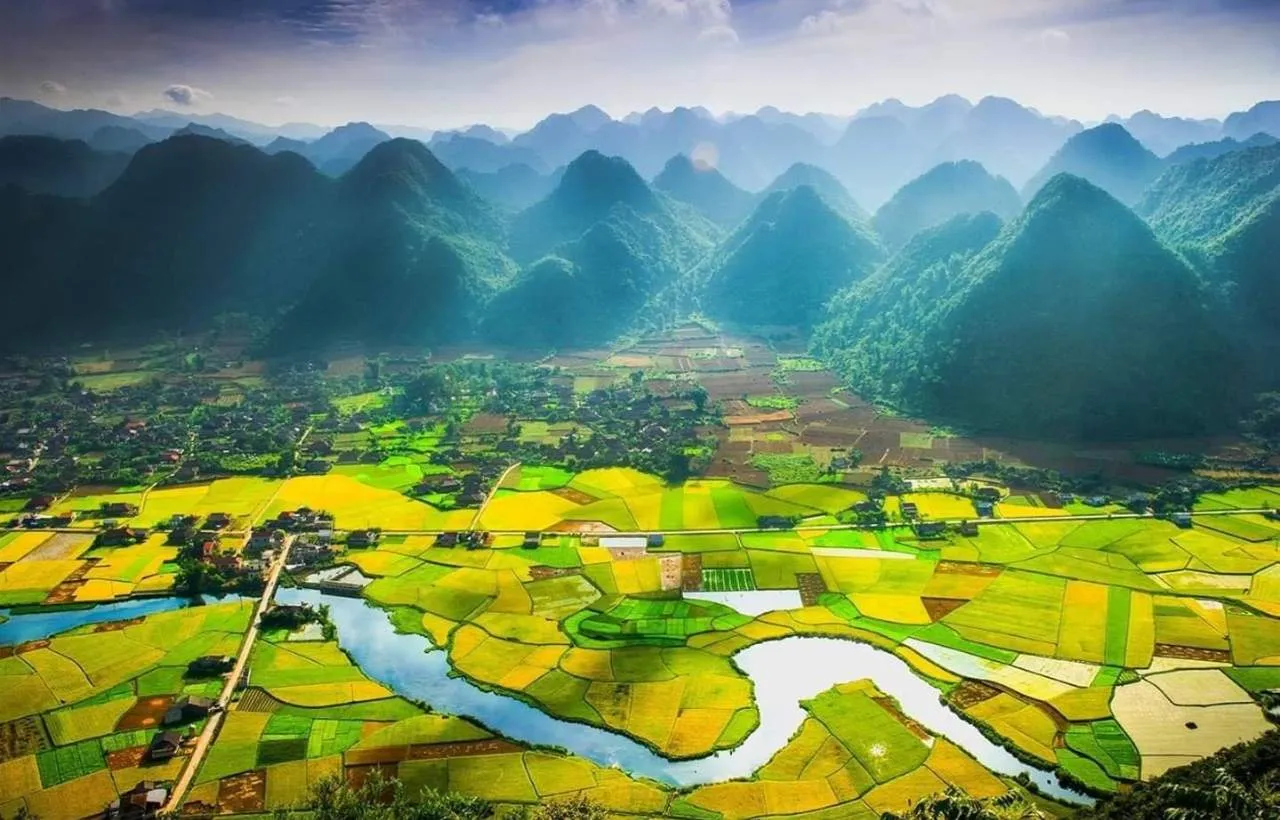
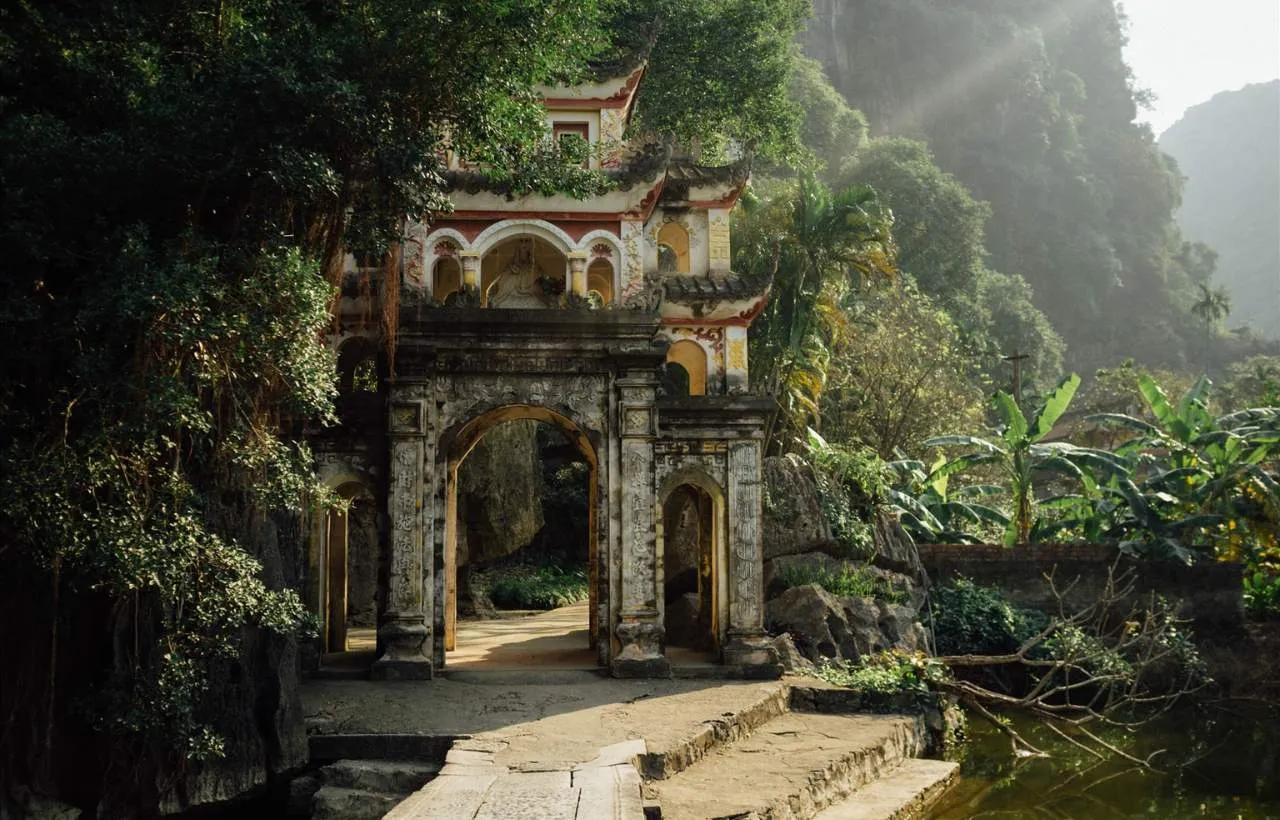
 View trip map
View trip map
